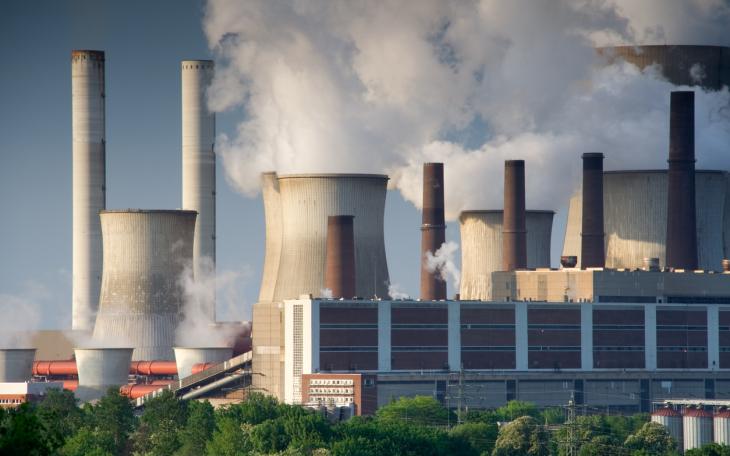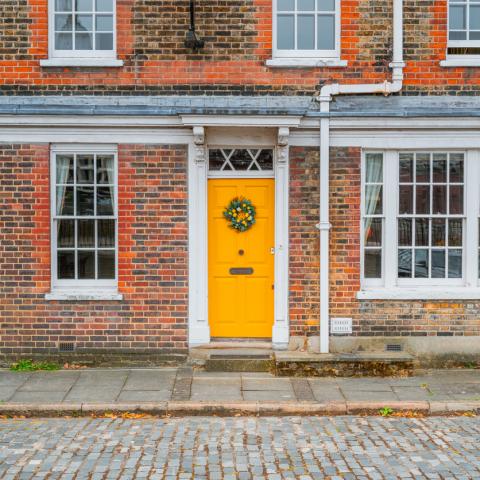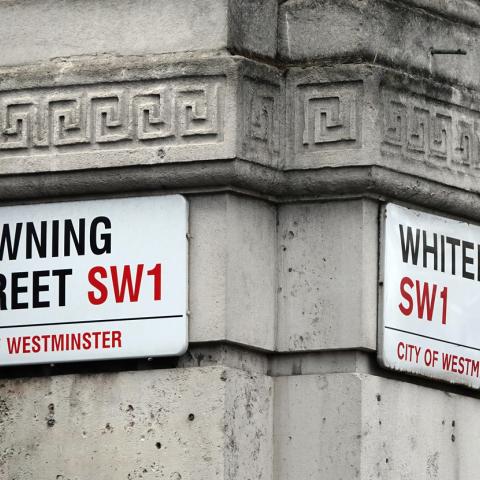Government seeks to speed up a positive nuclear reaction

Putin’s war in Ukraine has forced much rethinking of the domestic policy agendas of western European countries, including the UK, across a broad range of subjects from defence spending to food and energy production. What all these changes have in common is the need to be seen to underpin a sense of national security, in its broadest sense, as quickly as possible.
That is why it is interesting that the government has chosen to be explicit about the impact of the war on the need to accelerate its latest plans for the nuclear sector, as well as the more conventional driver of combating climate change. Every household in the country has had recent experience of rocketing domestic energy prices, as a direct result of the war, causing significant hardship for many. With a general election fast approaching, the government is keen to showcase that it has ambitious plans to address energy security, by employing home grown solutions, in an uncertain world.
Today, at the Science Museum, the Department for Energy Security and Net Zero (DESNZ) announced a competition seeking to find the best and most deliverable designs for Small Modular Reactors (SMRs) to spearhead a substantial increase of nuclear power in the UK. The government hopes that SMRs will help drive the contribution of nuclear power from 15% to 25% of the UK’s electricity production by 2050. As a result, it is in a hurry with this initiative and wants to start making decisions about SMR design as soon as the Autumn.
The choice of the Science Museum as the launch venue is not accidental, as the government is attempting to harness the UK’s historical role in the development of nuclear technology in the supporting narrative for SMRs. It knows it needs to do this because any implementation of its plans with SMRs will require significant investment in winning a PR battle that will be fought nationally and at the local level. It can also be safely assumed that the adoption of the name behind the new body charged with driving this initiative forward, Great British Nuclear, is meant to connect to an illustrious past as well as to a more self-reliant future.
Post war governments have banged the nuclear drum at some point as an important answer to the UK’s undimmed demand for secure sources of reliable power. But recent progress with the agenda has been slow and dogged with controversy. For example, David Cameron promised to build eight nuclear reactors but only one, Hinkley Point C, is actually under construction. A second project, Sizewell C, has only now secured the necessary planning permissions and initial government investment to move forward. It will do so without the involvement of Chinese money that was previously considered to be essential to the expansion of the nuclear fleet, as a result of concerns about data and technology security.
Consequently, increased effort to generate private sector confidence in the investment case will be essential if the government is going to be successful in its plans to move forward with SMRs. Happily for them, the early mood music from Rolls Royce and other potential developers was notably upbeat in support of the announcement today. Key to this investment case is that the SMR concept will facilitate many smaller production sites that will take advantage of common designs and modular construction to bring down production costs. Indeed, the government hopes that SMRs will help the UK to have the lowest wholesale energy prices in Europe by 2035. Grant Shapps, DESNZ Secretary, is also hoping that the UK will gain economically from the SMR programme by creating a localised supply chain and will consult on reforming the current Contracts For Difference (CFD) procurement model to ensure that this is the case.
Despite this backdrop, if the government hopes that opposition to these proposals will be muted, the initial response from some of the most powerful environmental NGOs is not encouraging. For example, Greenpeace has already responded to the announcement by accusing the government of “Obsessing about nuclear” as opposed to focussing relentlessly on the true renewables agenda as it believes is necessary.
How the news will be received by prospective host communities is also a matter for debate. Currently, a number of ex nuclear facilities have been talked about as prospective sites such as Bradwell, Hartlepool, Heysham, Oldbury, Sellafield and Wylfa. But the inference is that many more sites will need to come on board if the SMR initiative is to succeed as the government and industry both hope. It won’t come cheap. Rolls Royce estimates that its modular design for an SMR will typically cost around £1.8 billion to build. However, one of their biggest selling points (particularly at the local level) is that the individual footprint each site requires to generate 470 MW, is estimated to be no more than four hectares. Compared to some renewable technologies this is very small indeed when land take is such a contested issue.
Rolls Royce were also very keen to explain on broadcast media this morning that the technology they intend to employ is not innovative but established and well proven. However, it is also clear that there will be entrenched opposition on this point and that this uncertainty about safety will be used to try to unnerve local host communities from the outset. Therefore, the battle for public confidence in SMRs that begins now will determine very quickly whether this initiative will succeed or be another that ends up in the long grass. The government has got to commit to taking the lead in making the case for the technology relentlessly and with conviction to make sure this does not happen.








